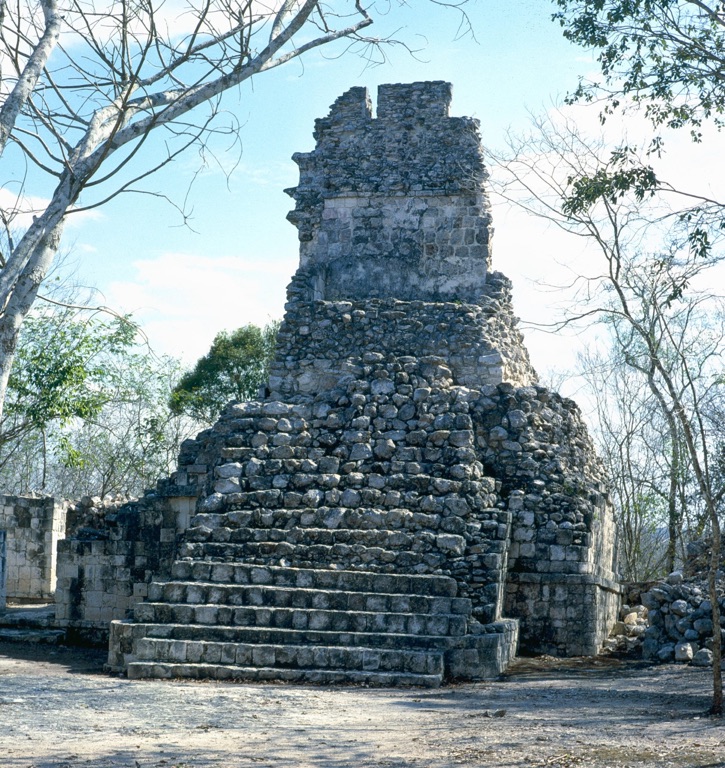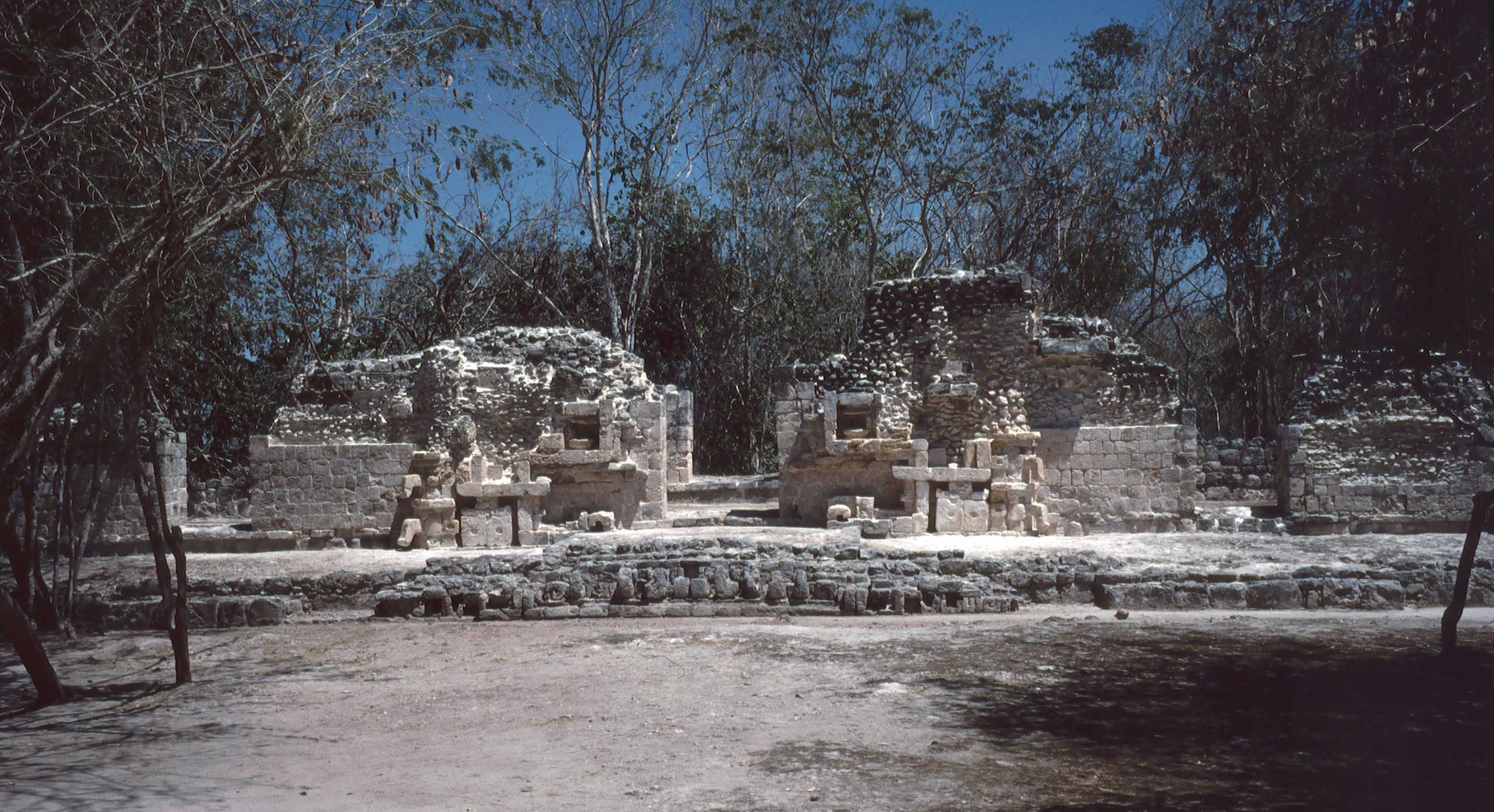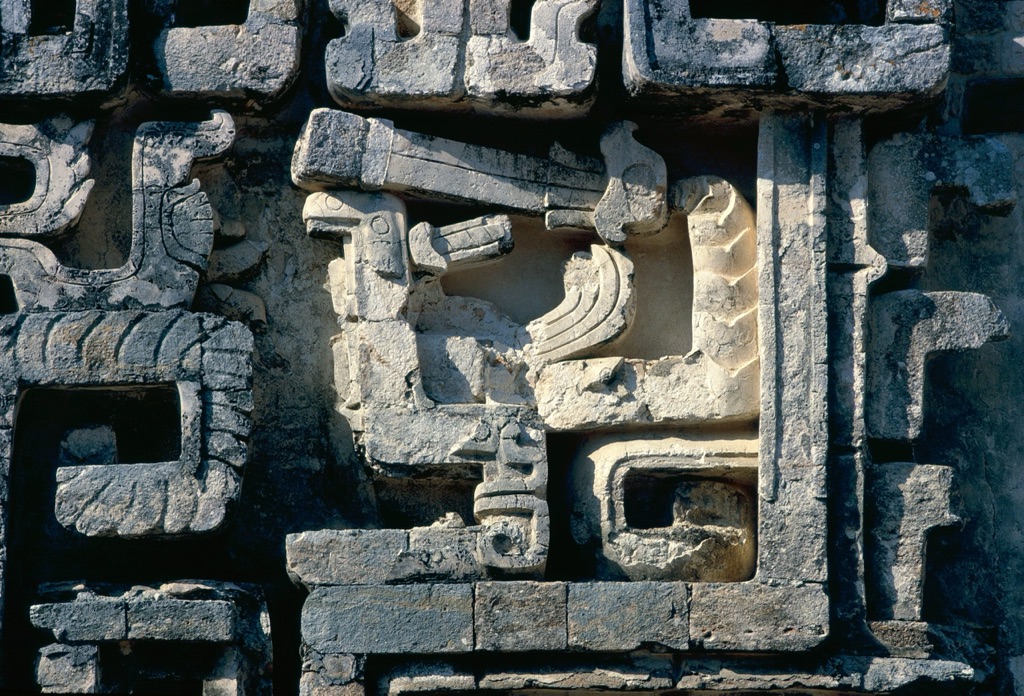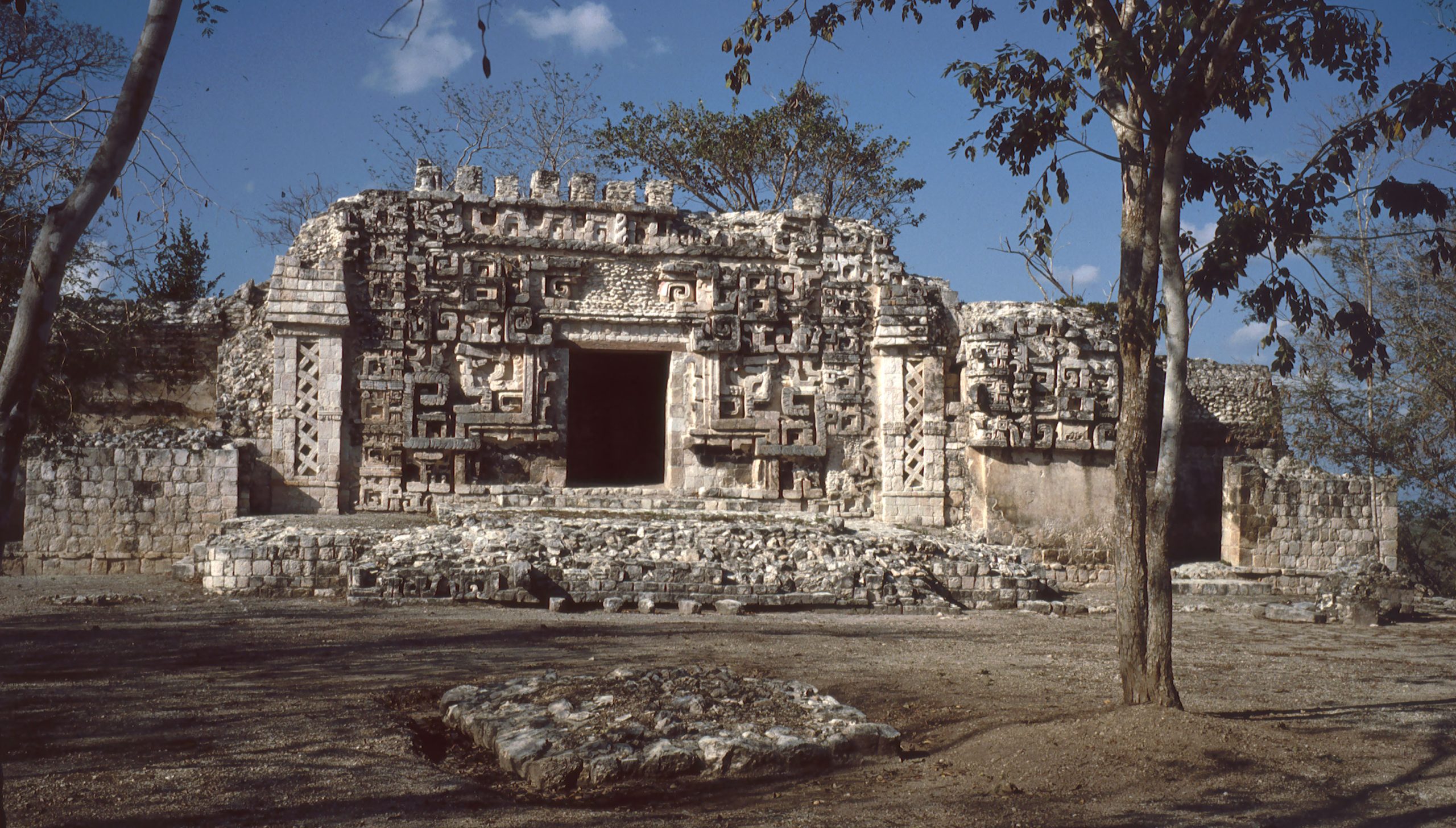Hochob is an ancient Mayan archaeological site located in the northern part of the Mexican state of Campeche. It is known for its well-preserved ceremonial architecture, including intricately carved facades and masks of the Mayan god Chaac. Hochob played a significant role in the regional politics and religion of the Mayan civilization during the Late Classic period. The site offers a glimpse into the complex society and artistic achievements of the ancient Maya.
Get your dose of History via Email
Historical Background of Hochob
Archaeologists discovered Hochob in the 19th century, but it was Teobert Maler who first documented it in the late 1800s. The Mayans built Hochob during the Late Classic period, around 600-900 AD. It later became inhabited by the Chenes, a Mayan group. Hochob was not the scene of any known major historical events. However, it was an important ceremonial center for the Mayans. The site’s architecture and inscriptions provide valuable insights into Mayan culture and religion.
The builders of Hochob were skilled in creating elaborate facades and structures. They used the Puuc architectural style, characterized by intricate stone mosaics and masks of Chaac. The site’s strategic location on a hilltop allowed it to serve as a regional ceremonial center. Over time, the jungle overtook Hochob, and it remained hidden until its rediscovery.

After its initial documentation, Hochob received little attention until more thorough investigations took place in the 20th century. These explorations revealed the site’s complexity and significance. The Mayans who built Hochob had a deep understanding of astronomy and religious symbolism. This knowledge is evident in the site’s alignment and iconography.
While Hochob was not a major political power, it was part of a network of Mayan cities. These cities engaged in trade, warfare, and cultural exchange. The inhabitants of Hochob likely participated in these activities, contributing to the region’s dynamic history.
Today, Hochob is a testament to the ingenuity and spirituality of the Mayan civilization. It stands as a reminder of a once-thriving culture that left behind a rich archaeological legacy. The site continues to be a focus of research and conservation efforts.

About Hochob
Hochob is nestled in the lush jungles of Campeche, Mexico. Its structures are prime examples of the Chenes architectural style. The site features several buildings, including the main temple with its remarkable facade. The facade boasts masks of the rain god Chaac, a deity significant in Mayan culture.
The construction of Hochob utilized local limestone, which was abundant in the region. The Mayans carefully carved each stone to fit together without the use of mortar. This technique is a hallmark of Mayan engineering. The buildings at Hochob have withstood the test of time, showcasing the durability of their construction methods.

One of the architectural highlights of Hochob is the House of the Magician. This structure contains a false stairway leading to a doorway framed by two massive Chaac masks. The doorway itself is a Chenes-style zoomorphic mouth, symbolizing the entrance to another world or a sacred space.
The site’s layout reflects the Mayans’ sophisticated understanding of urban planning and religious symbolism. The main temple is strategically positioned for optimal astronomical alignment. This alignment allowed the Mayans to track celestial events, which were crucial for their agricultural and religious activities.

Despite its relatively small size, Hochob’s intricate carvings and architectural features make it a significant site for studying Mayan art and architecture. The craftsmanship displayed at Hochob speaks volumes about the skill and artistry of its builders.
Theories and Interpretations
Several theories exist about the purpose of Hochob. Most scholars agree that it served as a ceremonial center. The prominence of Chaac masks suggests a strong emphasis on rain and fertility rituals. These were vital for the Mayans, who relied heavily on agriculture.
Some mysteries surround Hochob, particularly regarding the meaning of its iconography. While some symbols are well-understood, others have yet to be fully deciphered. Researchers continue to match the site’s features with historical records to gain a clearer understanding.

Archaeologists have used various methods to date Hochob. These include examining ceramic styles and radiocarbon dating. These techniques have helped establish the site’s occupation during the Late Classic period of the Mayan civilization.
Interpretations of Hochob’s significance have evolved over time. Initially, it was thought to be a minor site. However, further studies have highlighted its importance in understanding regional Mayan culture.
Current research at Hochob focuses on its role within the broader Mayan world. Scholars are interested in its connections with other sites and its place in the Mayan social and political landscape.

At a glance
Country: Mexico
Civilization: Maya
Age: Late Classic period, approximately 600-900 AD
Conclusion and Sources
Reputable sources used in creating this article include:
- Wikipedia: https://en.wikipedia.org/wiki/Hochob

